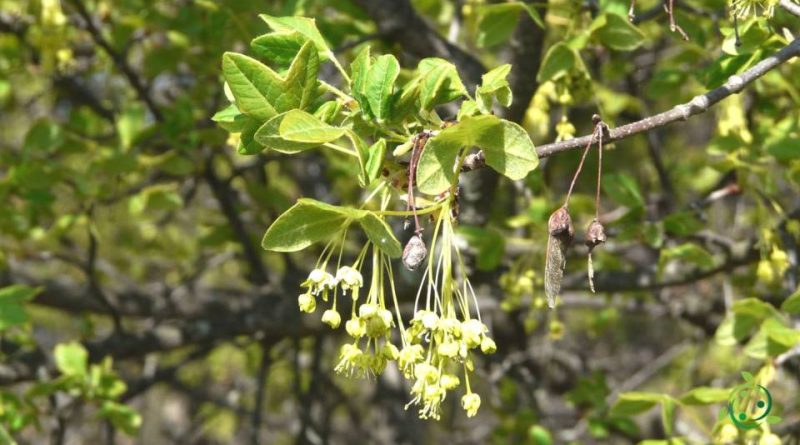Reproduction of the Montpellier Maple
Reproduction of the Montpellier Maple
The Montpellier Maple (Acer monspessulanum L.) is a plant of the Sapindaceae family widespread in the submontane areas of the Mediterranean countries.
Suitable breeding habitat –
The Montpellier Maple is a typically Mediterranean, thermomesophilous, drought-resistant species that grows in thermophilic broad-leaved woods.
It is distributed in an area that includes: Europe, from southern Germany to Portugal, from the east to Romania, Bulgaria, Greece; Western Asia, from Turkey to Turkmenistan, from the south to Syria; North Africa, from Morocco to Algeria.
In Italy it is present in all regions.
Its habitat is that of open woods and rocky places, generally on limestone soils.
Propagation –
Acer monspessulanum is a very cold tolerant tree and is known to withstand temperatures as low as -26 ° C when dormant.
It is an easy-to-grow plant that grows best in full sun or partial shade and in most well-drained soils that retain moisture, especially if of a calcareous nature.
It is a slow growing species.
Propagation occurs by seed.
Sowing should be done as soon as the seed is ripe in a cold environment, it usually germinates the following spring.
It is advisable to soak the stored seed for 24 hours and then stratify it for 2 – 4 months at 1 – 8 ° C. It can be slow to germinate. The seed can be harvested ‘green’ (when fully developed but before it has dried out and produced any germination inhibitors) and sown immediately. It should germinate in late winter. If the seed is harvested too early, it will produce very weak plants or not fully germinate.
The newly formed but manageable seedlings should then be placed in single pots to make them grow to a height of 20 cm or more, before transplanting them in the open field.
It can also be propagated by cuttings obtained from young shoots in early summer. The cuttings should have 2 – 3 pairs of leaves, plus a couple of buds at the base. It is advisable to remove a very thin portion of the bark at the base of the cut, rooting improves if a rooting hormone is used. Rooted cuttings must show new shoots over the summer before being potted, otherwise they are unlikely to survive the winter.
Ecology –
The Montpellier Maple is a plant whose range is typical of Europe with a Mediterranean climate.
It is a plant that lives in climates with some dry periods in summer and cold winters. It grows on all types of soil, but prefers limestone and also thrives on rock and scree.
It does not form forests, but is found with other tree species with a similar ecology, as long as there is sufficient moisture. We find it from sea level up to altitudes of 1000 m. It sprouts well from stumps, is slow growing and can live 100 years.

